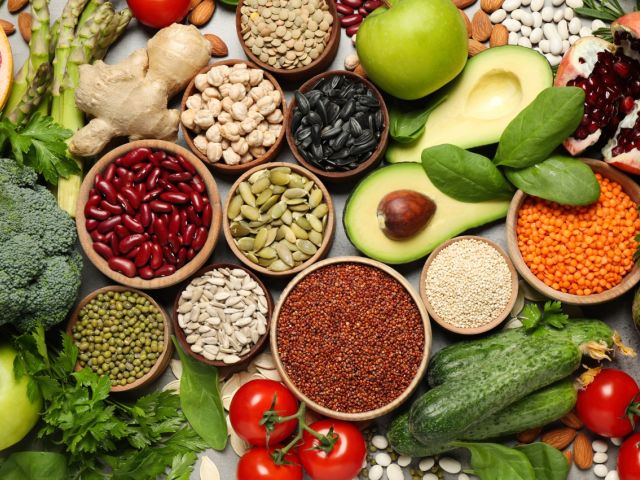
EWG has plenty to say about how producing beef and other animal proteins can make the climate catastrophe worse. But what about dairy?
There’s broad agreement that a climate crisis is unavoidable unless we cut greenhouse gas levels significantly. U.S. agriculture accounts for about 10 percent of our greenhouse gas emissions, and dairy production contributes a significant share. Factor in emissions from producing fertilizer to grow animal feed, and agriculture’s contribution is even higher. Farming emissions are a growing problem and meat and dairy are among the biggest culprits.
Since 2000, emissions from other sectors, such as transportation and energy, have fallen by 2 percent and 30 percent, respectively. Yet agriculture’s emissions have gone up 12 percent, with meat and dairy products primarily responsible. Even if we stopped burning fossil fuels tomorrow, scientists have calculated that global emissions from agriculture, mostly meat and dairy, would cause us to blow past the goals we need to meet if we’re to avoid the most catastrophic effects of the climate crisis.
Fertilizing feed for animals produces nitrous oxide, a greenhouse gas 300 times more powerful than carbon dioxide, or CO2. When animals eat this feed and produce manure, they generate methane emissions, which are 80 times more powerful than CO2. Plowing up grasses and trees to grow feed for animals also releases carbon from the soil into the atmosphere.
Farmers and ranchers can and often do take important steps to lower these emissions, and these practices can help the soil temporarily absorb more carbon. In 2009, the dairy industry made a deal with the Department of Agriculture to reduce methane emissions by 25 percent by 2020. The USDA provided hundreds of grants and directed key conservation programs, designed to cut emissions, to support solar and wind energy and conservation practices to help meet the goal.
Yet methane emissions from dairy have increased by 15 percent. Cows and cattle are now the primary source of methane emissions in the U.S., outpacing fossil fuels. It’s clear that much of the dairy industry cannot be relied on to reduce the sector’s emissions voluntarily. Empty promises and misinformation prevail. Changes to production methods or how animals are raised won’t alone achieve the necessary emissions cuts.
Consider non-dairy alternatives
Milk and dairy products like cheese and yogurt contribute to methane emissions, but consumers can make some simple shopping choices that can help reduce emissions.
Non-dairy milks and milk products, such as soy and almond varieties, have been around for centuries, and today you’ll find everything from rice, oat and coconut to cashew and macadamia nut milks, made with U.S.-grown crops. Plus, with manufacturing processes constantly evolving and improving, there are now many animal-free cheeses, yogurts and other products.
But not all non-dairy options are created equal. Some have added sugar, fillers and flavors. Don’t forget to read ingredients lists, as they will most accurately tell the story of your food. For much more information, consult EWG’s Food Scores database, which rates over 80,000 foods in a simple, searchable online format.
Most kinds of unsweetened non-dairy milk have less fat than dairy milk and – except coconut milk – lack saturated fat, for those concerned about their cholesterol. For the 30 to 50 million Americans with lactose intolerance, they are a great alternative. Since up to 3 percent of children under age three are estimated to suffer from dairy allergies, plant-based milk are an good option that’s also climate-friendly.
Compared to the alternatives, dairy can also be harmful to water quality. Per liter of milk, dairy uses more water than almond milk, more than twice as much water as rice milk, more than 13 times as much water as oat milk, and more than 22 times that of soy milk.
Consumers should ask questions about dairy alternatives and their environmental impact, but plant-based options are always better for the environment than cow products – a category that technically includes some growing crops, such as soy, since most of those crops go to animals as feed.
Plant-based milk sales are expanding, with more options becoming available all the time. The best step you can take to help lower greenhouse gas emissions is to try something new when you shop.



544c.jpg)